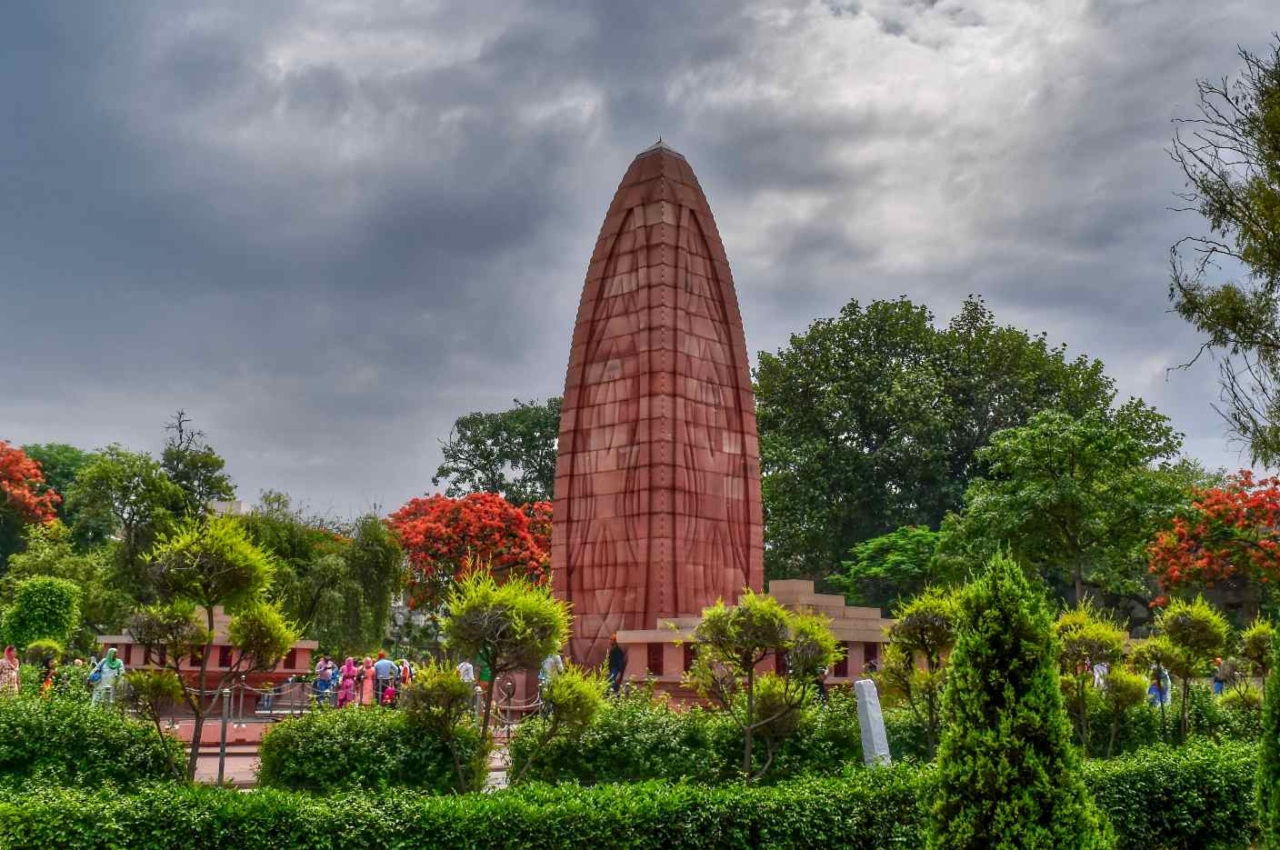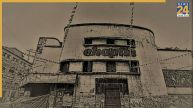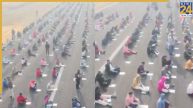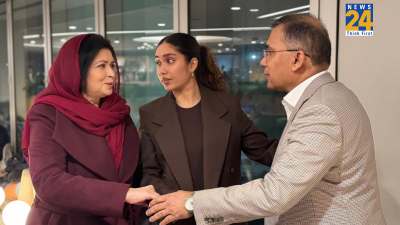New Delhi: India will commemorate 76 years of independence on August 15, 1947. When the grand eve of Independence Day approaches, the vibrant colours of the national flag can be seen decorating city streets. Every shopping mall is adorned with tri-colored balloons, and many shopkeepers begin to display small Indian flags on their counters.
Here is the list of some important places which played a pivotal role in the freedom movement and without which the story of India’s Independence Movement is incomplete.
Cellular Jail, Andaman and Nicobar Islands
Previously called as Kala Pani, Cellular Jail is located in the Andaman and Nicobar Islands. It used to be a majestic prison, which gravely reminds us about the price that our freedom fighters have paid. Some of the eminent Indian freedom strugglers like Veer Savarkar and Batukeshwar Dutt were imprisoned here. This huge prison happened to be a torture chamber for Indian freedom fighters locked here. Currently, this jail complex serves as a national memorial monument. It is among the most visited attractions of Andaman and Nicobar Islands. There are several mannequins kept on display in a place that showcase how prisoners used to be tortured here and what they were given as punishment. A visit to this jail is surely going to give you Goosebumps and you shouldn’t miss watching the wonderful light and sound show.
Jallianwala Bagh, Amritsar
At present, Jallianwala Bagh is a famous public garden in Amritsar. The garden also houses a memorial of national importance, which was founded in 1951 by the Government of India to memorialize the massacre caused by British forces. This massacre took place on 13th April 1919 when a peaceful crowd of protesters that included defenseless women and children were fired upon by the hordes of the British Indian Army. This massacre happened on the occasion of the Baisakhi and as per the records of British officials, 379 people were killed and around 1,100 were injured. However, the actual figures are much higher than the given one. Several marks of the bullets can be still seen here. Visit this place to recreate those memories and those struggles.
Jhansi Rani ka Qila (Palace of Jhansi Rani) in Bangira, Uttar Pradesh
Strategically located on Bangara Hill, the fort has 10 gates, and is spread over 20 hectares. The Fort was a stronghold of the Chandela Kings in Balwant Nagar from the 11th through the 17th century and Rani Lakshmi Bai of Jhansi, who led the 1857 revolt against the British, there.
As the British advanced towards her fort, Rani Lakshmi Bai tried to escape and proceed to capture the fort of Gwalior. But before she could reach, she succumbed to the battle with the British forces who took her Jhansi fort from her. The Fort withstood heavy bombardment by the British forces for 17 days before it fell. (This structure is recognised as a monument by the ASI)
Chauri Chaura
 Chauri Chaura is a small town in Gorakhpur district of Uttar Pradesh. It is famous for the Chauri Chaura Incident, in which the police first killed several peaceful demonstrators and, later an angry mob set an entire police station on fire thereby killing 22 policemen. Mahatma Gandhi, after Jallianwala Bagh incident, had called for a nationwide Non-Cooperation Movement. Its aim was to resist British Rule in India through non-violence and Satyagraha. However, after Chauri Chaura incident, Gandhi called off the movement because he thought that the movement had lost its non-violent nature. Gandhi was criticised for calling off the movement and many leaders who backed Gandhi now lost faith in him.
Chauri Chaura is a small town in Gorakhpur district of Uttar Pradesh. It is famous for the Chauri Chaura Incident, in which the police first killed several peaceful demonstrators and, later an angry mob set an entire police station on fire thereby killing 22 policemen. Mahatma Gandhi, after Jallianwala Bagh incident, had called for a nationwide Non-Cooperation Movement. Its aim was to resist British Rule in India through non-violence and Satyagraha. However, after Chauri Chaura incident, Gandhi called off the movement because he thought that the movement had lost its non-violent nature. Gandhi was criticised for calling off the movement and many leaders who backed Gandhi now lost faith in him.
Kakori
 Kakori is a small town situated in the Lucknow district of Uttar Pradesh. This place is famous for Kakori Conspiracy that took place on August 9, 1925. Indian revolutionaries required money to carry out their activities and to win people’s support for Hindustan Republican Association. They looted the train carrying money-bags belonging to the British Government Treasury. They looted some 8,000 INR but accidently killed one passenger making it a murder case. This incident shook the British Government as it was first case in the history when British property was looted. A massive manhunt was ordered and over a period of time nearly 40 revolutionaries were arrested. After the trial, which went on for nearly 2 years, main accused Pandit Ram Prasad Bismil, Thakur Roshan Singh, Rajendra Nath Lahiri and Ashfaqullah Khan were sentenced to death. Remaining conspirators were given life sentences for varying durations.
Kakori is a small town situated in the Lucknow district of Uttar Pradesh. This place is famous for Kakori Conspiracy that took place on August 9, 1925. Indian revolutionaries required money to carry out their activities and to win people’s support for Hindustan Republican Association. They looted the train carrying money-bags belonging to the British Government Treasury. They looted some 8,000 INR but accidently killed one passenger making it a murder case. This incident shook the British Government as it was first case in the history when British property was looted. A massive manhunt was ordered and over a period of time nearly 40 revolutionaries were arrested. After the trial, which went on for nearly 2 years, main accused Pandit Ram Prasad Bismil, Thakur Roshan Singh, Rajendra Nath Lahiri and Ashfaqullah Khan were sentenced to death. Remaining conspirators were given life sentences for varying durations.













